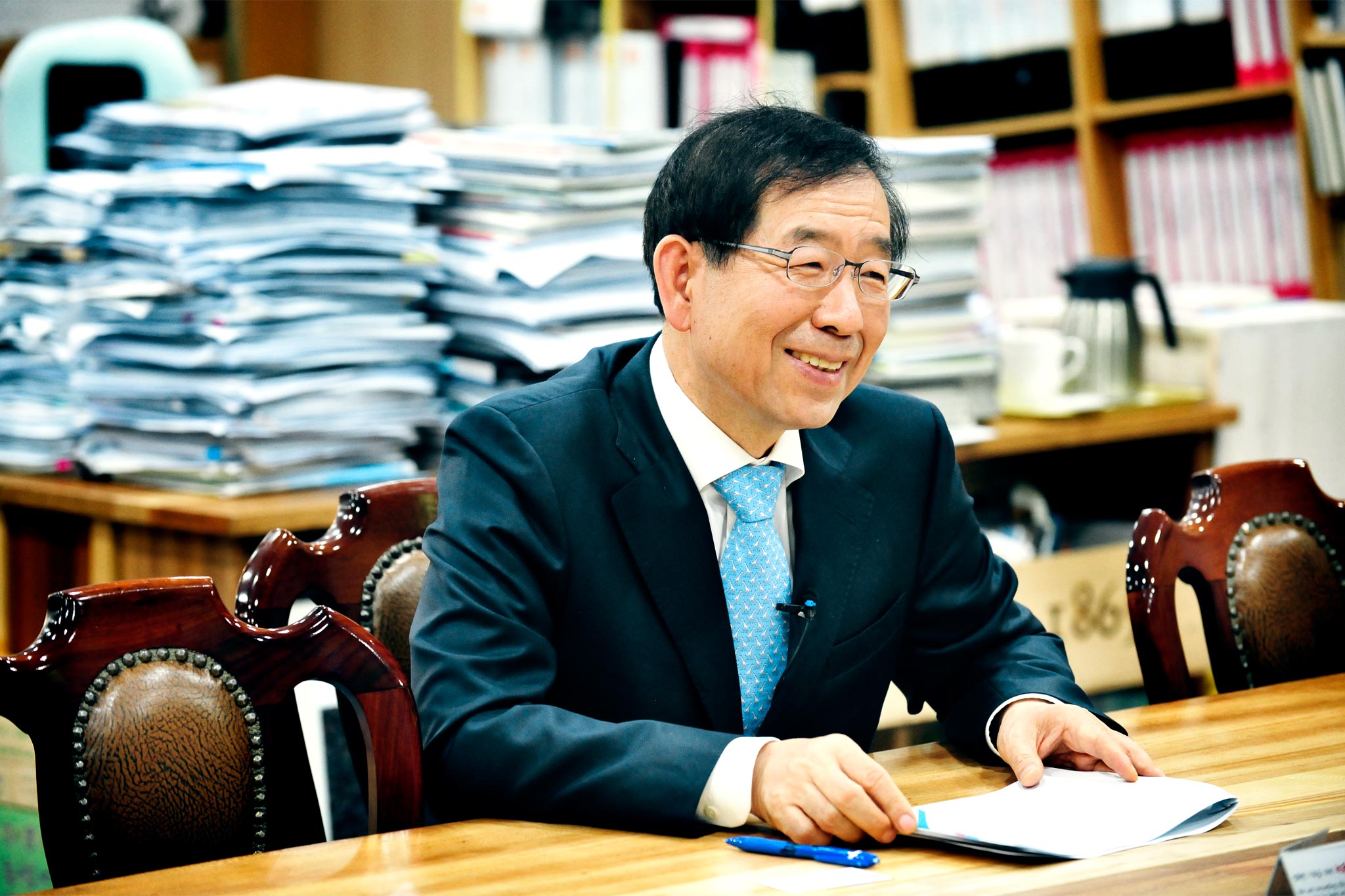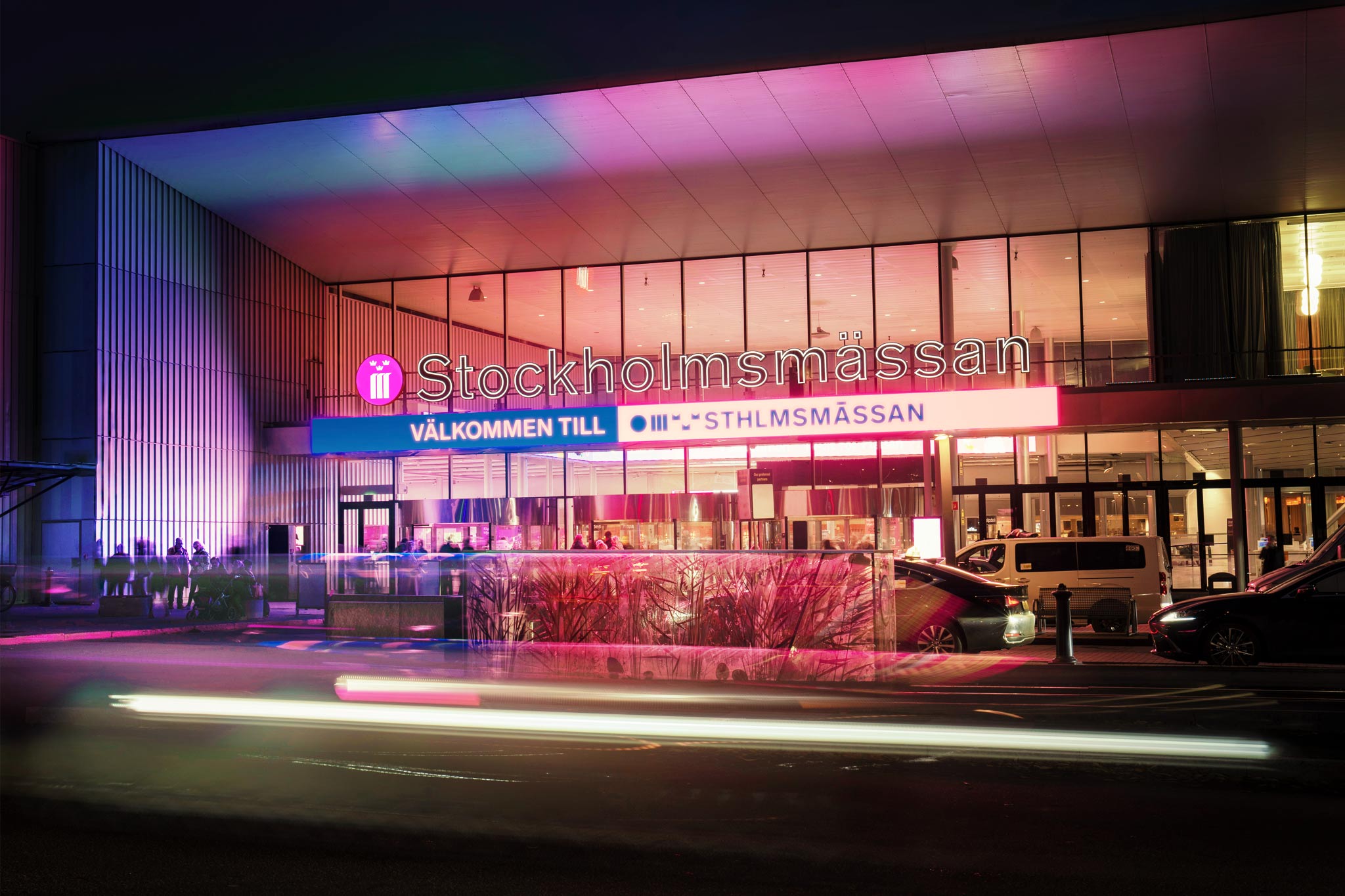In the 18 months since the Master Plan was publically announced (at November 2013’s SIBAC meeting), Seoul has taken great strides to realise its vision of turning the city into a district-wide meetings capital. Although Seoul holds a prominent position in both the UIA and ICCA rankings for the number of international meetings it holds annually – an affirmation by the international community that they are moving in the right direction – it is not resting on its laurels.
The Master Plan is a multi-decade project that continues to propel the city forward through the creation and expansion of business events-related infrastructure. For example, two new unique meeting venues were opened: the much-awaited Dongdaemun Design Plaza in the city centre and Some Sevit on the Han River.
As the mayor of Seoul, Park Won Soon has worked to greatly expand Seoul’s support program for existing unique venues, giving selected venues across Seoul financial support to help them host international events and also promote and educate them on ways to promote themselves to the international market. Thus, Seoul’s offerings are expanding both by creating new venues and showing that Seoul already has many attractive meeting spaces that are just waiting to be discovered.
With the DDP and the opening of nearby hotels, the city has achieved Phase 1 of the plan through the creation of its first MICE Zone. Phase 2 is also rapidly underway in Gangnam, which involves bolstering and redeveloping the area between Coex and the Jamsil Stadium into a fully-integrated “MICE Cluster”. This means that in that area, every possible service one could want for business events, from meeting spaces and accommodation to efficient transport and entertainment is all available in one place. Coex is actively working with local businesses to achieve this and recently completely refurbished its Coex Mall, the region’s largest shopping complex, which is right next to major business hotels and the Coex convention centre.
All of the above forms just part of the many challenges Park embraces in his role as the city’s mayor.
“Since I took office, I have made it a priority to pay attention to the affairs of Seoul’s citizens, or, as I said in my 2015 address, I will share the lives of our citizens.” Anyone with concerns or suggestions can email the mayor or even send him a tweet via his Twitter account. There are also various forums throughout the year in which the public can contribute their voices or in which captains of Seoul’s many industries may connect with the government and the private sector to further their development. The annual SIBAC event, which in 2013 focused on the Master Plan and in 2014 general tourism, is a key example of this.
While Seoul is already endowed with a strong infrastructure for business events – which as per the Master Plan is continuing to expand – communication between sectors is an area that needs greater improvement, says Park. “Whatever the industry, good communication between the private and public sectors is essential. Therefore, it is important that leaders in each field understand what the city offers them in order to help them grow and/or increase the professionalism of the services they provide the international community – particularly of course when it comes to business events.” Again, SIBAC, along with various other public-private sector meetings organised by the Seoul Metropolitan Government throughout the year, is a means of promoting what the city offers to industry leaders. The Seoul MICE Alliance Annual Meeting is another example.



